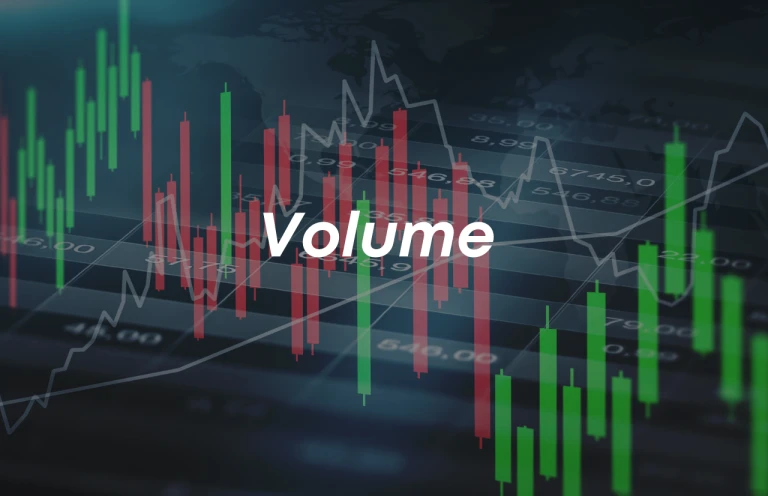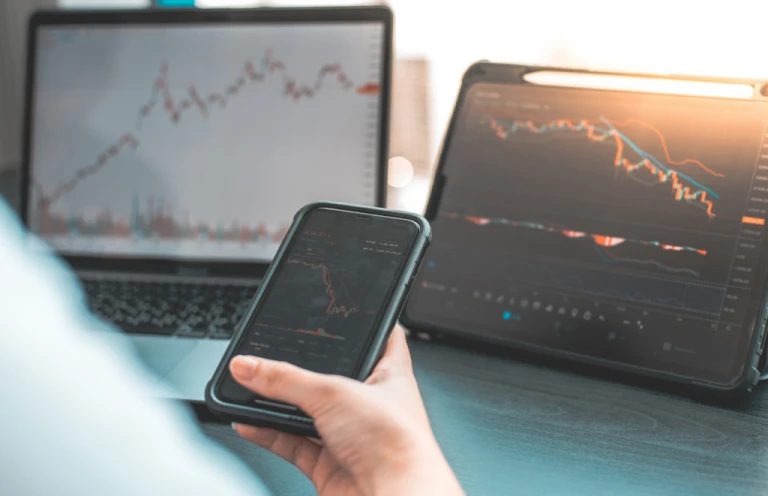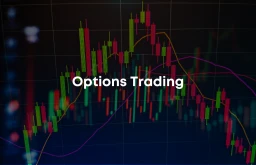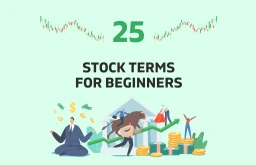What is Volume in the share Market

Are you a beginner in the stock market and confused by the concept of “volume”? Volume is an important indicator of market activity and understanding it can help you make informed decisions about your investments. In this blog post, we will take a closer look at what volume means and how it affects trading. We’ll also discuss how to use volume data when analyzing stocks and monitoring performance. By the end, you should have a better idea of what volume is and why it matters in the stock market.
What is Trading Volume?
Volume is an indicator that represents the total number of shares purchased or sold in a given time period or trading day. It will also entail the buying and selling of each share during a specific time period.
Volume assists several investors in analysing market trends and patterns. Whether an investor is discussing the entire stock market or individual stock shares, volume information can be found anywhere. The volume also refers to the total number of shares traded during the trading day, whether they are bought or sold. Thus, if stocks are actively traded in the stock market, the volume is high; otherwise, the volume is low.
Trading volume can be calculated for a variety of financial instruments such as derivatives, stocks, bonds, and commodities.
The stock exchange publishes the trading volumes for each trading session in the stock market. The total volume of all stocks and individual stocks traded on the stock exchange is referred to as volume. Investors can also learn about the volume of stocks traded on the Sensex or Nifty 50 during the trading session.
Where To Find Trading Volume?
All stock exchanges track the volume of all stocks in the market. As a result, it is easily accessible in the market, where the investor can easily find information on the volume of a specific share in the stock market.
There are several other ways to find the trading volume, which one can easily see on news, websites, or third-party websites that upload stock market information.

Investors can also obtain information and monitor trading volume through their personal brokers or investment platforms.
Many investment platforms use candlestick charts to show volume of a specific stock over a specific time period. The green colour in this chart represents buying volumes, while the red colour represents selling volumes.
There are several other charts that show hourly, daily, and monthly volume charts depending on the time period.
The trading volume on the Bombay Stock Exchange (BSE) and the National Stock Exchange (NSE) will, however, be completely different.
What Does Stock Volume Shows?
The stock volume indicates that activity has taken its place in the stock market. Thus, whether an investor buys or sells a share, the volume metric records all activity.
A large volume of a particular stock indicates that several activities are taking place around that stock, or that interest in that stock is very high. The activity can have both positive and negative consequences, which means that there could be negative talk about a stock, which can reverse its volume.
High volume informs investors of the number of timeshares that have been traded on the stock exchange. As a result, the volume in the stock market measures liquidity and market activity.
When there is a sell order, liquidity means that the investor can easily get their money back. When there is a lot of activity in the market, it means there are a lot of sellers and buyers.
Volumes remain high during the opening and closing of a trading session as intraday traders book and close their positions in a hurry before the session ends.
Trading volume is thought to be advantageous for short-term intraday traders. This tool aids investors who employ fundamental analysis during a trading session.
How Volume and Price are Related or Unrelated?
If the trading volume of a particular stock falls, the stock price falls dramatically. High volumes are not always the primary reason for a stock to move up and skyrocket; several other factors influence the stock price.
There are numerous occasions when volume assists investors in confirming the existence of a single trend, and when seen together, it acts as a useful indicator.
If the volume trend is upward and mixed with other markets. It indicates that the stock markets are profitable and healthy.
For example:
- If the price of a particular stock falls in tandem with the stock volume, it indicates that the stock volume is declining.
- If stock volume is increasing and stock markets are increasing as well, it indicates an upward trend in stock volume.
Follow us on Instagram.









